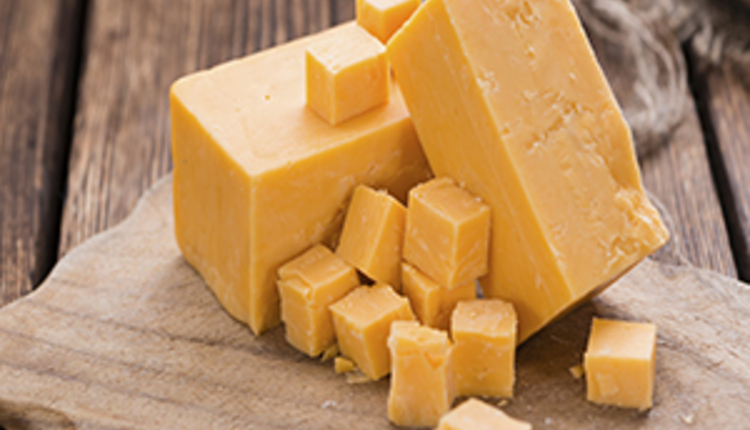
Sticker shock
With prices skyrocketing — Heins noted that in central Minnesota, a 116-pound dairy-beef crossbred calf recently went for $1,450 — pursuing a beef-on-dairy plan to finish cattle could be cost prohibitive. “When I started in the beef and dairy world in 2018 or 2019, those calves were maybe $350 to $400. And they kept increasing; this past spring they were $800 to $900, but now $1,400 for the top ones? That’s crazy.” And when this upfront cost is tallied in with subsequent expenses, the current numbers might not add up to economic feasibility.
“How do we raise them, market them — what do you do once these calves get weaned?” Heins listed off some of the additional questions he’s heard from producers. Earlier this year, he’d run the numbers for a podcast series and had come up with “$2,700 grossed per dairy-beef steer on what we sent for processing. But that doesn’t account for labor, feed, or for the calf’s value,” he noted. In addition to his own research, Heins cited a study done by a Michigan State University (MSU) Ph.D. student that took a more nuanced approach to the costs-benefit analysis of beef-on-dairy, factoring in growth traits as well as liver abscesses. The latter is a major sticking point when it comes to these crossbreeds; Texas A&M and other institutions have put the liver abscess occurrence percentage at 50% for dairy-beef crosses, compared to around 20% for their traditional beef cattle counterparts.
The MSU economics-focused study showed a 21-day shorter time to market for Holstein-beef crosses compared to Holstein steers — a big economic advantage, Heins pointed out. Also, when compared to Holsteins, “The crosses were more feed efficient, more pounds of gain with less feed, and had 20% larger ribeye area and better yield grades — which meant better muscling,” he said. The study bears out the assumption driving the market right now: that dairy-beef Holstein crosses provide more value at market than purebred Holsteins.
Here to stay
However, inflated calf prices could easily wipe out feedlot performance superiority. Heins also broke down a study that factored in the premium producers are shelling out for the dairy-beef crosses; that extra cost for a dairy-beef cross hovered around $353, but the breakeven came in at $281. “That’s roughly $70 to $75 more than they should have paid, based on what the market conditions suggested they should get,” he noted. And although the study results amount to a snapshot of a moment in time rather than a narrative, he pointed out that dairy-beef crosses are here to stay — some reports now have them at 15% to 20% of national total beef production. But there’s more affecting the market than just momentum. Heins ticked down a list of variables that ranged from New World screwworm-prompted Mexican import bans to corn prices. These factors are out of producers’ control, and Heins advised that farmers sit down and figure out their true cost of production based on their known realities, right down to where their animals will be going for processing. “Some of these plants can handle bigger carcasses than others, so that’s a consideration as well. If you know your cost of production, you can decide how much you’re willing to pay for these calves,” he said.









